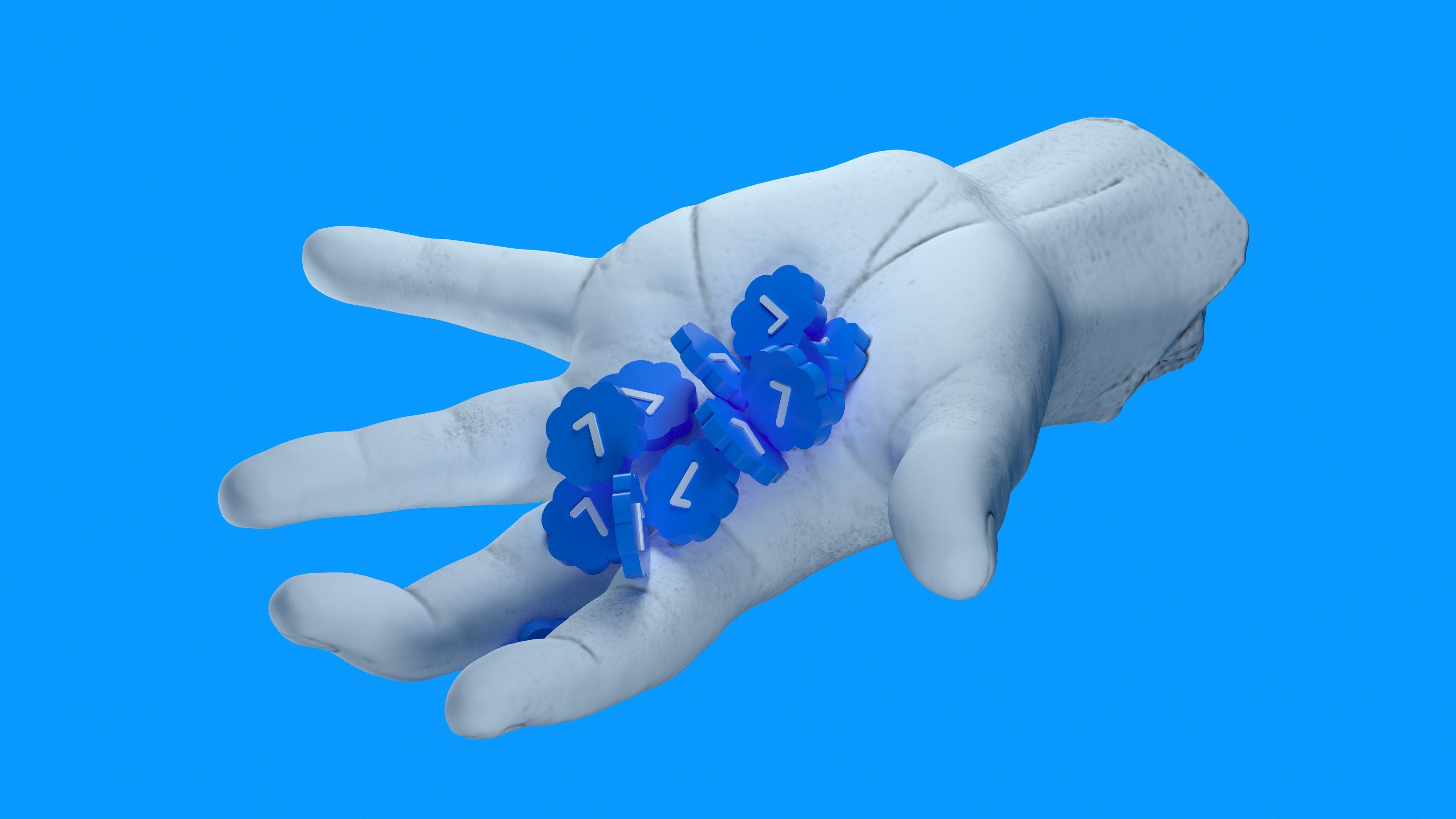How Teens Can Avoid Misinformation in the Age of the Artificial

Every day, vast amounts of information from all over the world are created on the internet and shared with people everywhere through different news sources.
However, lots of these stories contain false or inaccurate news, including misleading content, deceptive statements, and incorrect data. This misinformation, whether created intentionally or unintentionally, can spread quickly through various social media platforms.
People can easily read versions of different sources from biased news sources and then quickly make their versions of what they perceive, spreading them on apps such as Instagram, TikTok, Twitter, and more. From there on, millions of people can view these stories and then falsely believe that they understand what is happening throughout the world. This is a chain reaction that can lead to various negative consequences, including inaccurately influencing public opinion, creating confusion, destroying credibility, and more.
Misinformation in the Israel-Hamas Conflict
Image Credit: Jorge Franganillo from Unsplash
The Israel-Hamas conflict has been a site for the spread of misinformation. Reports of false narratives, doctored images, and misleading videos are circulating rapidly around the internet, often increasing tensions among the people and influencing public opinions in various inaccurate ways. For instance, people can create AI-generated videos of events or statements which can make it difficult for people to differentiate reality and fiction.
As teens, we hope to see the true world at its face value. We believe that everyone has the responsibility to help maintain a clean online image while only depicting the truth. So, how could we avoid misinformation, especially in the age of AI-generated content and online information? Here are some recommended strategies.
Self-education

Image Credit: Element5 Digital from Unsplash
The first strategy teens should use to keep themselves from falling victim to misinformation is self-education. Teens must be updated on current events and trends as well as historical background to have a better understanding of the context of the subjects.
Instead of getting their news from their favorite content creator, they should look at various credible news sources including the New York Times, Wall Street Journal, The Washington Post, and more. It is also crucial that teens develop critical thinking skills that can analyze and evaluate the presented information wisely. Teens should learn to always raise questions if they see inconsistent statements, logical flaws, and unsupported claims.
It is also important that teens can follow the development of technology. With AI becoming increasingly more common in people’s daily lives, teens must understand the signs and how AI-generated content works. Then, they can recognize it on social media pages and not fall victim to inaccurate facts.
To avoid the general spread of misinformation, teens should avoid sharing any information that they have not verified from credible sources. Whether or not the information sent is trustworthy, people will tend to believe the information if they trust the sender. On the other side, if we notice surrounding peers shared unverified information before, just be more cautious about future information originating from the same person.
Verify and Cross-check

Image Credit: ilgmyzin from Unsplash
Sources with misinformation often use exaggerated headlines to grab the audience’s attention. Teens should learn to maintain a skeptical attitude on those unverified claims.
In addition, teens should always remember to check the source of the information presented. As mentioned previously, there are various reliable sources such as scientific journals, official TV and radio channels, and print media which are reputable due to their content rules and publication policies. The domain names of official websites of organizations, institutions, and government agencies typically end with .gov, .edu, or .org and are some of the most reliable sources to obtain news on the internet.
We can cross-check the information with multiple reliable agencies and assess the credibility of a source. In addition, we can search the author’s background, expertise, and affiliation as well as find the source website’s organization background. The sections “Our mission”, “About Us” or “Meet the Team” is always helpful.
Another good way to evaluate the credibility of the information is to look for reviews and feedback about the source. Comments from other viewers can provide teens with information that they are often unaware of. Be sure to pay attention to the reviews of experts specifically who can evaluate the credibility of the information.
Detect Misinformation using AI Tools

Image Credit: Markus Winkler from Unsplash
Despite AI contributing to the spread of misinformation, it can also offer tools to combat it. Many tools can help to detect misinformation so teens know which information to trust.
For example, Snopes is a well-known fact-checking website that exposes fake news and tests the credibility of rumors and myths. Additionally, there is also a browser extension called NewsGuard that helps users identify trustworthy sources based on the credibility rating. Furthermore, B.S. Detect is a browser extension that purposely flags websites known to publish fake news. Media Bias/Fact Check is a website that provides biased ratings from over 2000 media sources and fact-checks their content. Ad Fonte Media provides a chart for the bias and reliability of various new sources.
We can use AI tools to verify the authenticity of images and videos. Google Reverse Image Search is one of those tools that allow us to upload an image or provide an image URL to search for similar images online. By comparing those images, we may detect some details that were falsified or exaggerated from the source.
Conclusion
In today’s world, misinformation spreads quickly, especially during conflicts like the Israel-Hamas situation. Thus, it is of the utmost importance for teens to stay vigilant and well-informed about the information they are obtaining. If our fellow teens make sure to educate themselves, think critically, and use AI tools for fact-checking, we can together, better navigate the world online.



